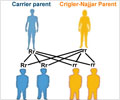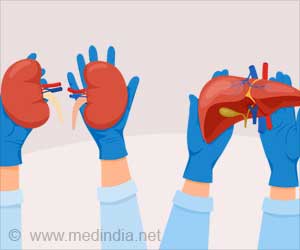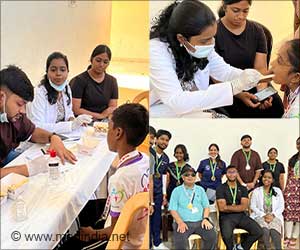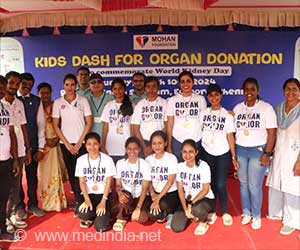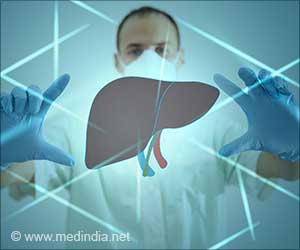Left side grafting has lower risk to donors compared to grafts taken from the right lobe, and it appears to be the procedure of choice for adult-to-adult living donor liver transplantation (LDLT), according to a recent study by doctors at Shinshu University, School of Medicine, in Japan.
Researchers also found that graft size was not the only cause behind "small-for-size graft syndrome," a severe complication resulting in organ malfunction and transplant failure. These findings appear in the November issue of Liver Transplantation, a journal published by Wiley-Blackwell on behalf of the American Association for the Study of Liver Diseases.In the current study, Toshihiko Ikegami, M.D. and colleagues report on the outcomes of the 120 adult LDLTs they performed through October 2007. Patients were divided into two groups: group S consisted of 33 patients who received liver grafts < 35% of their standard liver volume (SLV), and group L consisted of 87 patients who received liver grafts ≥35% of their SLV.
Results show the 1- and 5-year survival rates in group S were 80.7% and 64.2% respectively; and in group L 90.8% and 84.9%, with no significant difference between groups. Between 1 and 5 years after LDLT, 7 patients died with causes of death including cerebral infarction, recurrence of liver cancer, uterine cancer, and sepsis. "These deaths occurred in patients with good liver function who had resumed their normal lives," commented Dr. Ikegami. "The causes of death were not related to insufficient graft size."
Past studies have recommended a graft volume to recipient standard liver volume (GV/SLV) ratio of >40% and a graft-to-recipient weight ratio (GRWR) of ≥ 0.8% to achieve good graft and recipient survival rates. In the current study patients in group S had a good survival rate, despite a GV/SLV ratio below 35% and a GRWR not exceeding 0.8%. Dr. Ikegami points out, "Our research shows small graft size does not appear to be the only cause of small-for-size graft syndrome. The prognosis of recipients with liver grafts < 35% of their SLV is comparable to that of recipients with larger grafts."
According to the U.S. Department of Health and Human Services, 3,549 deceased donor and 249 LDLTs (5%) were performed in 2008. In Japan, 99% of all liver transplantations use living donors. The authors speculate that the lower percentage of LDLTs in the U.S. could be attributed to a highly publicized donor death in 2002 and that it is conceivable that the next donor death in Japan could lead to a similar resistance in that country. "We feel that left side grafts should be used more frequently in adult-to-adult LDLT, considering the lower risk to donors compared to right lobe grafts," recommended Dr. Ikegami.
Currently, the United Network for Organ Sharing (UNOS), an organization that facilitates all organ transplants in the U.S., indicates there are close to 16,000 patients on the waiting list to receive a liver. "As the world faces an incredible growth of patients requiring life-saving liver transplantation to treat their end stage liver disease, the need for LDLT will continue due to a lack of adequate alternative sources," said David Mulligan, M.D., from the Mayo Clinic Hospital in his editorial also published in the November issue of Liver Transplantation. "I believe we (liver transplant surgeons) should share techniques and learn new strategies as Dr. Ikegami's team reported, employing them in a balanced practice to achieve optimal results for recipients and donors so that both right and left liver grafts may be effectively transplanted in the appropriate clinical situations," added Dr. Mulligan.
Advertisement
Source-Eurekalert
RAS








